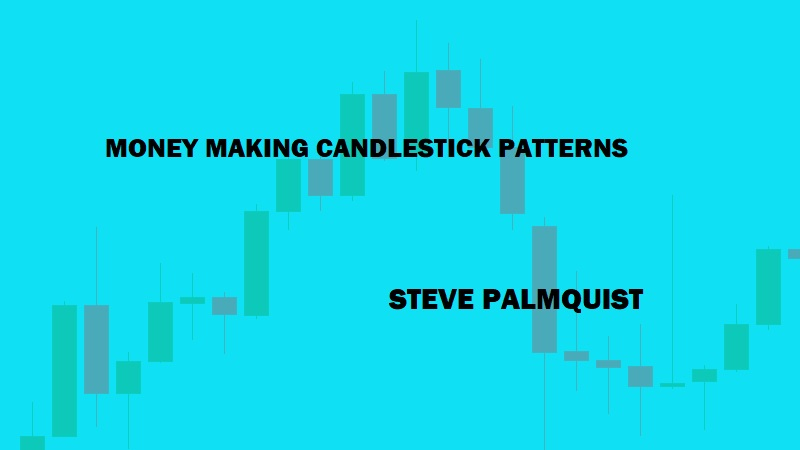Learn Hammer and Hanging Man Candlestick Patterns
Hanging man candlestick Pattern, hammer candlestick pattern, How to trade hammer pattern, Hammer signal, Hanging man pattern
Course: [ MONEY MAKING CANDLESTICK PATTERNS : Chapter 1: Candlestick Basics and Testing Requirements ]

The hammer and hanging man patterns are identical and have long lower shadows, short or no upper shadows, and small bodies.
HAMMER AND HANGING MAN CANDLESTICK PATTERNS
THE HAMMER
The
hammer and hanging man patterns are identical and have long lower shadows,
short or no upper shadows, and small bodies. The pattern, shown in Figure 1.2, is called a hammer if it occurs during
a downtrend and a hanging man if it occurs during an uptrend. The color of the
body is not important. The lower shadow should be twice the length of the body
or more. There should be no or very little upper shadow, indicating that the
day’s high should be near the close for a white body and near the open for a
black body.
FIGURE 1.2: BASIC HAMMER AND
HANGING MAN CANDLESTICK PATTERNS

Figure 1.3 shows a candlestick chart of BBH.
BBH had been in a clear downtrend during January, February, and the first part
of March 2007. On 03/14/07, BBH formed a hammer pattern as marked by the up
arrow. The hammer pattern marked the end of the downtrend, and BBH rose more
than seven points during the next five sessions. Obviously, not every hammer
pattern is a profitable trade. The important question for traders is: how often
does the pattern result in profitable trades, and are there other factors that
influence the results? These questions can be answered by using backtesting
techniques to examine the results of thousands of trades.
FIGURE 1.3: CANDLESTICK CHART WITH HAMMER
PATTERN

THE HANGING MAN
Figure 1.4 shows a candlestick chart of NEU
during the first half of 2006. On 05/09/06, NEU formed a hanging man pattern as
marked by the up arrow in Figure 1.4. The
hanging man pattern marked the end of the uptrend in NEU and subsequently, it
declined nearly 12 points during the next four trading sessions.
FIGURE 1.4: CANDLESTICK CHART WITH HANGING
MAN PATTERN

When
traders get together and discuss trading patterns or setups, someone usually
asks why a particular pattern works. To explain trading patterns, the market is
often described as a battle between the bulls trying to drive prices up, and
the bears trying to drive prices down. The patterns are the result of this
contest between the bulls and bears. In the case of a hammer pattern, the stock
has been in a downtrend, indicating that the bears have control. When the
hammer forms, the price is initially driven down further by the bears, forming
the long lower tail. At some point during the day, the bulls step in and drive
the price back up near the opening, forming the small body. The hammer forms at
a point where bullish investors are willing to step in; therefore, the
downtrend ends and the stock begins to move up.
Some
traders will start using a pattern or trading system when they hear an
explanation of why it works that makes sense to them. We all have a need to
understand why something should work. However, for traders, it is more
important to know how often a pattern works rather than an explanation of why
it works. Knowing why a pattern works is interesting. Knowing how often a
trading pattern works can be profitable. And, knowing in what specific market
conditions a pattern works best can be very profitable. In the next chapter we
will address these issues and develop a working knowledge of when to use
candlestick patterns and when to use another tool from the trading toolbox.
MONEY MAKING CANDLESTICK PATTERNS : Chapter 1: Candlestick Basics and Testing Requirements : Tag: Candlestick Pattern Trading, Forex : Hanging man candlestick Pattern, hammer candlestick pattern, How to trade hammer pattern, Hammer signal, Hanging man pattern - Learn Hammer and Hanging Man Candlestick Patterns






